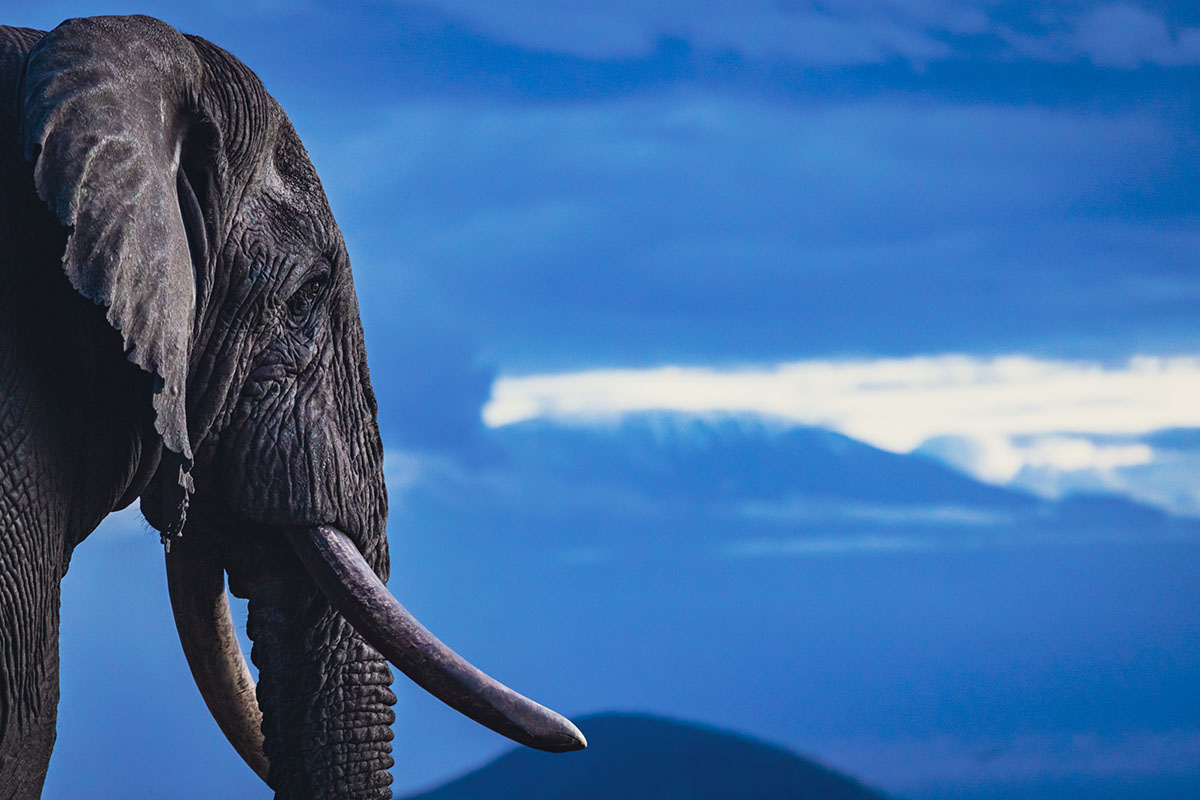
A third elephant has been killed by trophy hunters in northern Tanzania, in a part of the Greater Amboseli Ecosystem.
Previous hunts took place late last year and both elephants killed were reported to be Super Tuskers (with one or both tusks weighing 100lbs or more). All carcasses were burned, making identification impossible, but the three are almost certainly from the cross-border Amboseli population.
Decades of research has shown this area of northern Tanzania, including the Enduimet Wildlife Management Area where Big Life supports community rangers, to be an integral part of the Greater Amboseli Ecosystem. The border is open and at least 20% of Amboseli’s elephants cross into Tanzania each year.
Our understanding is that these hunts were legal. While we respect Tanzania’s right to choose how it manages its natural resources, we believe strongly that there is no justification for hunting such rare and valuable animals.
There are about 10 Super Tuskers left in the Amboseli Ecosystem, and likely as few as 50 across Africa, and these males are especially important.
Old bulls are not past their reproductive prime, as hunters contend. Research has shown that elephant bulls only reproduce consistently by age 40, by which time 75% of them will have died. So older bulls are in fact disproportionately important for breeding.
Old males play an important social role, keeping boisterous young males in check, curtailing their aggression.
Living elephants are also extremely valuable to local economies. A study found that an average elephant attracts $1.6m in tourism spending over its lifetime, but this value is much higher for a Super Tusker.
Finally, there are ethical questions about hunting elephants that are extremely habituated, having grown up near people, and the violation of ‘fair chase’ principles.
We join all concerned parties in urging authorities to formalise the historic moratorium on elephant hunting in areas near the Kenya-Tanzania border, to protect this special population.
We thank our partners at Amboseli Trust for Elephants and Elephant Voices for the data here and a joint statement can be read on our websites. Photo: Jeremy Goss
